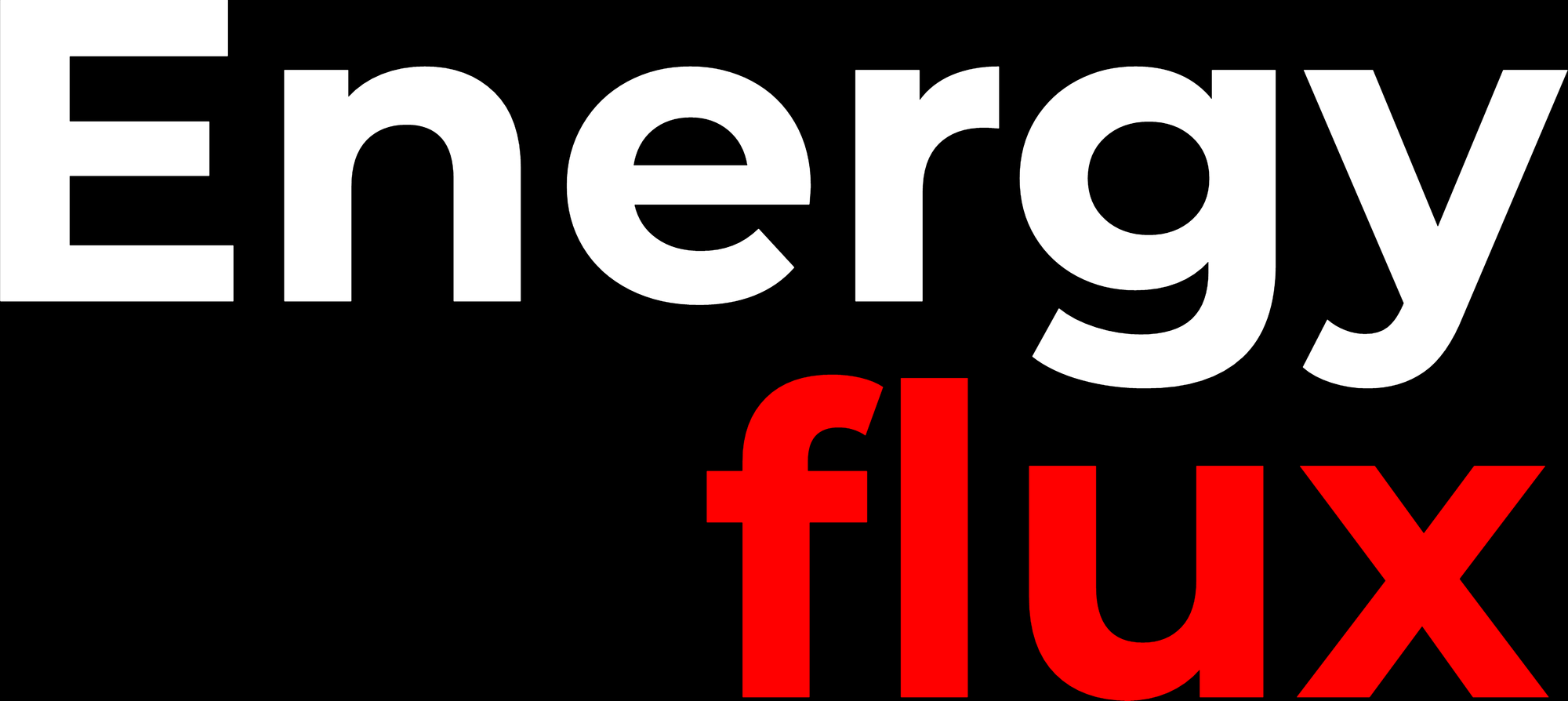Beyond Exxon: Why a desperate mega-merger with BP might finally make sense
Political, environmental and market factors are conspiring to haul an unlikely transatlantic tie-up into the realm of the possible


Member discussion: Beyond Exxon: Why a desperate mega-merger with BP might finally make sense
Read what members are saying. Subscribe to join the conversation.





